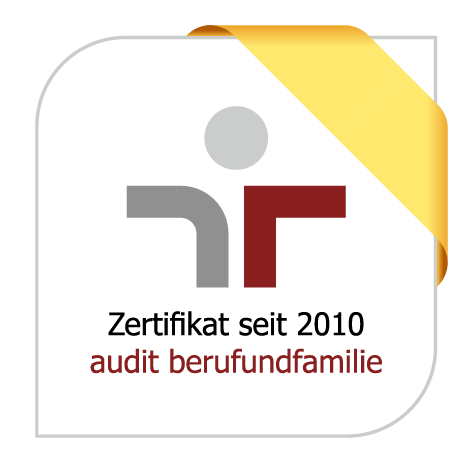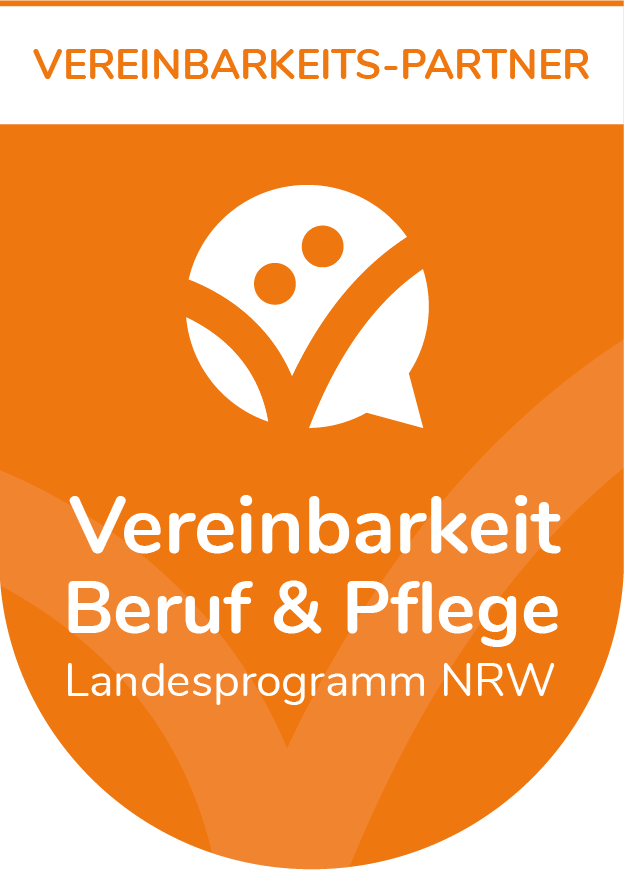Research projects
| Client: | DFG (German Research Foundation) |
| Partner(s): | University Dortmund/ School of Planning (lead); German Remote Sensing Data Center (DFD) at the German Aerospace Center (DLR) |
| Time frame: | 04/2018 – 10/2020 |
Recent urbanization processes in the Global North have been characterized by the simultaneity of both concentration and deconcentrating processes. Whereas knowledge intensive business services tend to agglomerate in urban areas, centrifugal forces dominate at intra-regional scales. These competing forces manifest themselves in a polycentric urban spatial structure of both firms and employees. With regards to these processes’ universality, it can be stated that they occur in all larger and internationally connected metropolitan areas. Moreover, these developments have substantially altered the morphological, functional and political as well as institutional structure within those areas. It should be also considered, however, that restructuring processes have caused fairly local and context-sensitive results. For that, divergence can be identified especially among North American and European/German metro areas revealing dissimilar patterns and changes of the respective regional distribution of jobs.
Nevertheless, the specific interplay of competing forces of (sub-) center development has not been fully understood yet. The same applies to the issue whether center formation in metro areas follows rather convergent or rather divergent trajectories. Little internationally comparative research has been carried out in this field and the existing empirical work – mostly qualitative in nature – suffers from the lack of reproducible findings. Moreover, previous research is limited with respect to both its spatial granularity and its thematic sophistication regarding the detection of morphological patterns and their changes over time. The present research proposal therefore addresses a substantial gap in international urban research: a largely missing cross-nationally comparative investigation of spatial patterns of employees and their morphologic manifestation in e.g. built-up volume, as well as explanations of these patterns’ formation and development over time.
Accordingly, this research proposal’s objective is to comparatively analyze urban spatial structure and its change over time in selected US-American and German city regions. It moreover aims to explain the formation and development of urban centers by the interplay of market-driven and planning-induced forces. Thus, the main research interest is focused on convergence processes in the sense of morphologically similar urban spatial structures. From a methodological point of view, this research project will combine quantitative cross-sectional analyses with qualitative case-study based approaches. Utilizing both, recent remote sensing data (such as the German TanDEM-X mission) and spatially fine-grained official statistics of employment provides a novel set of tools will be developed that permits to analyze large-scale morphological patterns regarding their three-dimensional representation at high spatial accuracies. The findings obtained from these analyses are complemented by case study research regarding political and institutional arrangements that influence the formation of centers – physically as well as economically – in selected German and US-American city regions.
Project leader:
- Prof. Dr.-Ing. Stefan Siedentop
Project team:
- Dr. Bastian Heider
Phone: +49 (0) 231 9051-154
E-Mail: bastian.heider@ils-research.de
[« back]





